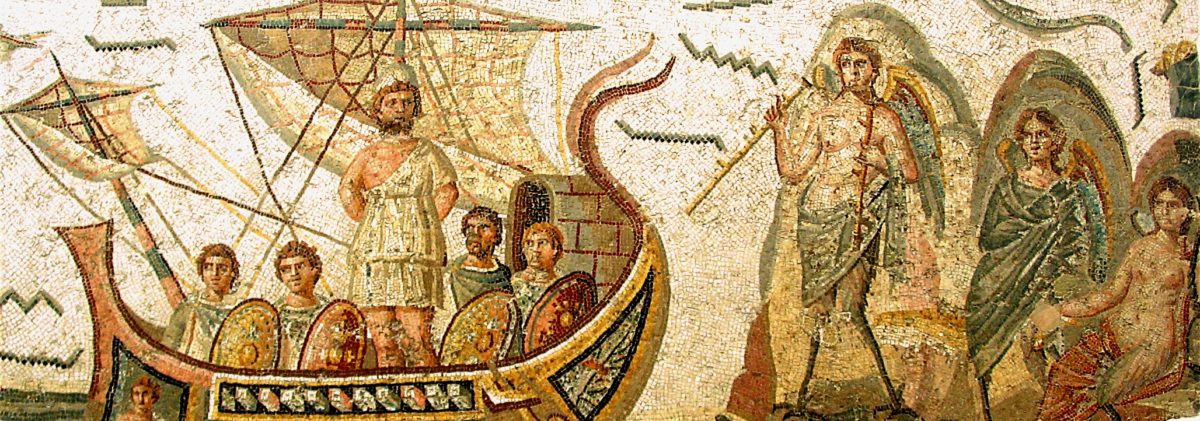I know I normally debunk misconceptions related to ancient history, but, in this post, I want to debunk a dangerous misconception that I’ve repeatedly seen floating around about transgender people. I think it is important to address this because it is a misconception that has an enormous, direct, negative impact on millions of real people’s lives in a way that other misconceptions I’ve addressed—like the one about modern Anglophone Christmas traditions being of ancient “pagan” origin, the one about a certain fresco from Pompeii being a portrait of Sappho, or the one about Thoukydides being a totally “objective” and “unbiased” historian—do not.
It is widely known that there is an extremely high rate of lifetime attempted suicide among transgender people. The most commonly cited statistic is that 41% of adult transgender people in the United States have attempted to kill themselves at some point in their life. Many conservatives believe that this statistic proves that being transgender itself is a mental illness that causes people to become depressed and suicidal, and that society therefore needs to do everything it possibly can to prevent people from “becoming” transgender for their own good.
In this post, I intend to present evidence to demonstrate that this view is false and that the high rate of lifetime attempted suicide among transgender people is, in fact, the result of widespread bigotry and stigma against trans people. Please be forewarned that the following post contains discussion of suicide, anxiety, depression, transphobia, anti-Black racism, antisemitism, misogyny, Neo-Nazis, online impersonation, and harassment. Some readers, especially those who have personally struggled with mental health issues, may find this discussion disturbing. Reader discretion is advised.
Continue reading “The Real Reason Why the Attempted Suicide Rate Among Transgender People Is So High”









